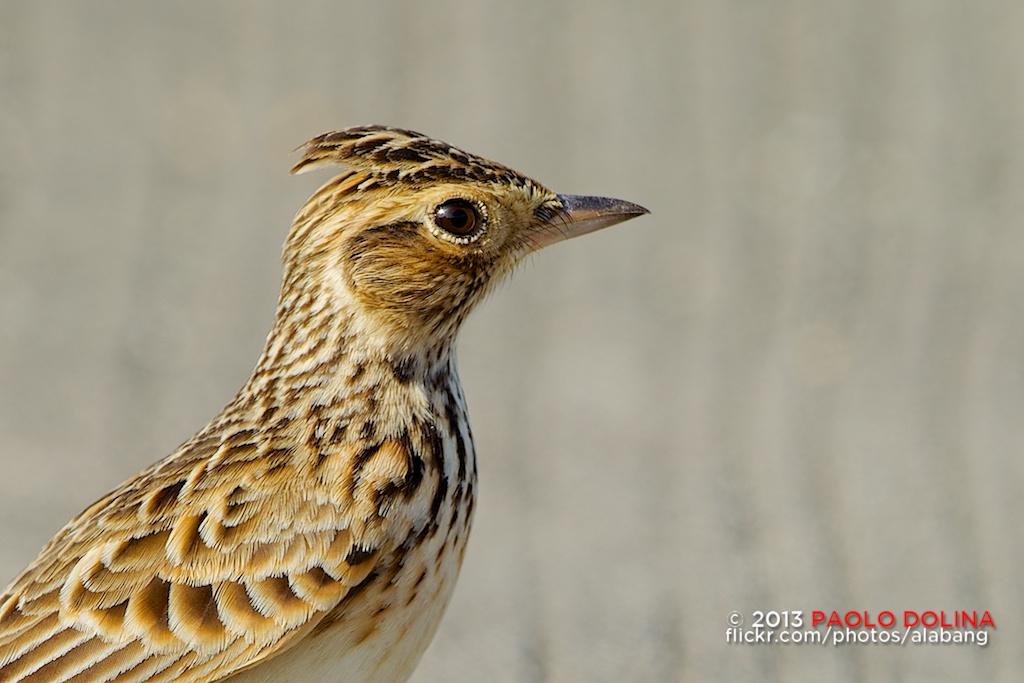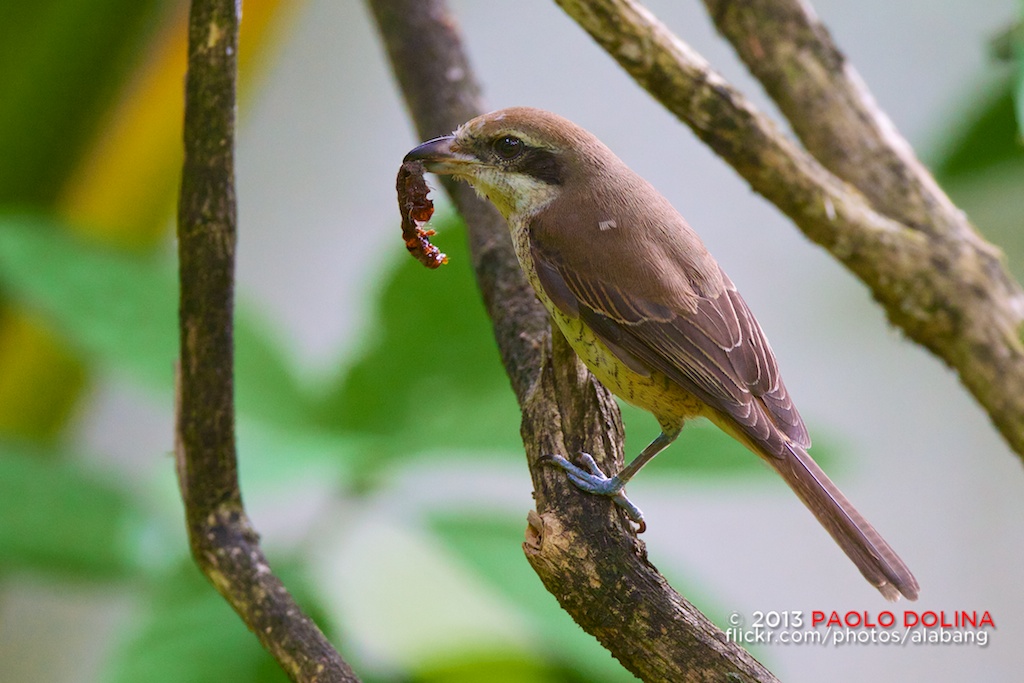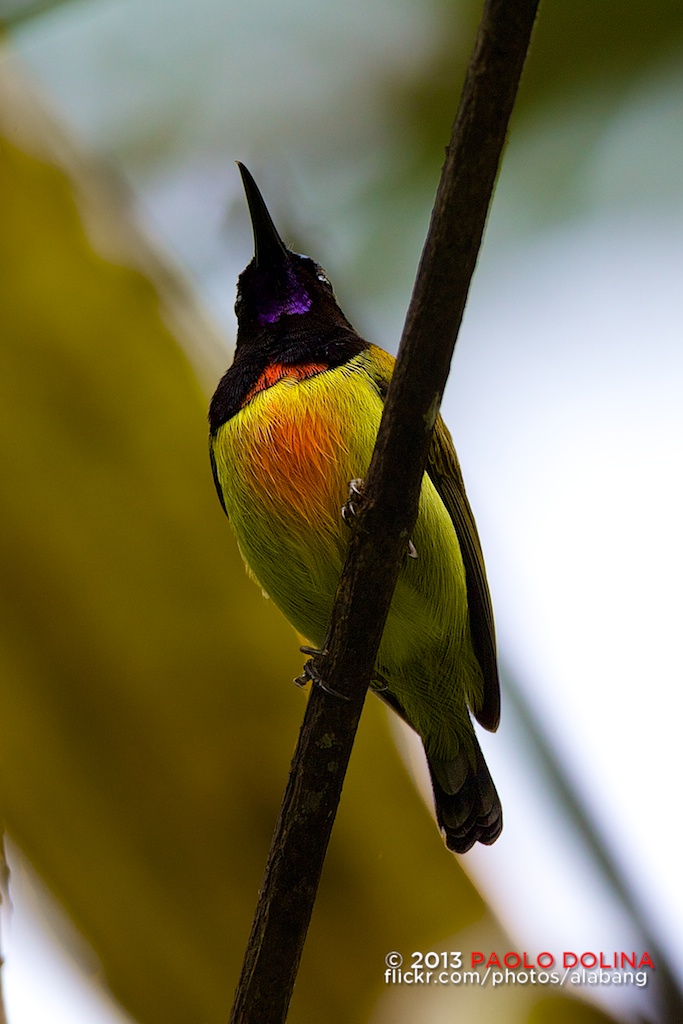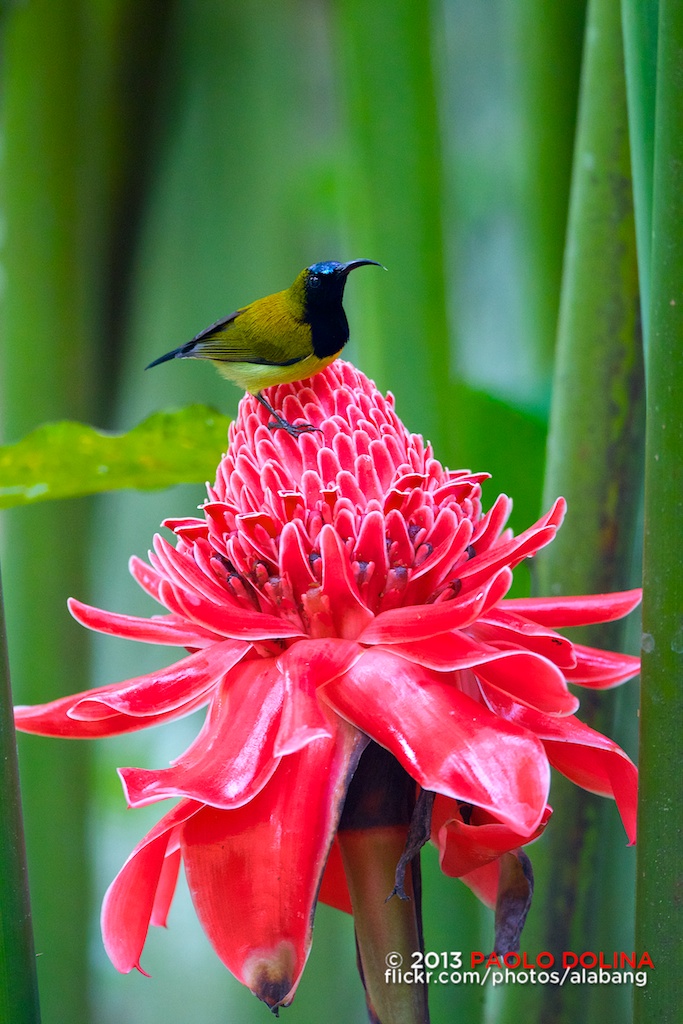Cattle Egret (Bubulcus ibis) by alabang, on Flickr
The Cattle Egret (Bubulcus ibis) is a cosmopolitan species of heron (family Ardeidae) found in the tropics, subtropics and warm temperate zones. It is the only member of the monotypic genus Bubulcus, although some authorities regard its two subspecies as full species, the Western Cattle Egret and the Eastern Cattle Egret. Despite the similarities in plumage to the egrets of the genus Egretta, it is more closely related to the herons of Ardea. Originally native to parts of Asia, Africa and Europe, it has undergone a rapid expansion in its distribution and successfully colonised much of the rest of the world.
Source: Cattle Egret - Wikipedia, the free encyclopedia
Location: Los Baņos, Laguna - Wikipedia, the free encyclopedia
Settings: 1/800 ƒ/8 ISO 160 800mm
===========
Thoughts for the day:
As many of you may have seen online or on the telly the Philippines got hit really bad by a Category 5 Super Typhoon by the name of Haiyan/Yolanda.
The mayhem, destruction and death has really weighed on me for the past two weeks.
Just makes you wonder what the future holds for everyone with this being the most deadly Typhoon in the history of my country.
Results 1,031 to 1,040 of 1262
Thread: Bird photography
-
11-24-2013, 12:11 AM #1031
-
11-25-2013, 01:31 AM #1032
Remix... same EXIF as above but recropped.

Spotted Wood Kingfisher (Actenoides lindsayi) by alabang, on Flickr
-
11-30-2013, 02:09 AM #1033
Salamat galactic armada.

Untitled by alabang, on Flickr
The Oriental Skylark (Alauda gulgula), also known as the Oriental Lark or Small Skylark, is a species of skylark found in the Indian Subcontinent and Southeast Asia. Like other skylarks, it is found in open grassland - often near waterbodies - where it feeds on seeds and insects.
These skylarks frequently rocket up into the sky, fluttering and singing before descending down to earth. Male Oriental Skylarks may also hover in the air and sing, in order to attract a mate.
Oriental Skylarks are about 16 cm long. They have streaked, yellow-brown upper plumage, with white outer tail feathers and a short crest. Both sexes are similar.
Source: Oriental Skylark - Wikipedia, the free encyclopedia
Location: Los Baņos, Laguna - Wikipedia, the free encyclopedia
Settings: 1/200 /9 ISO 160 800mm
-
12-03-2013, 08:47 PM #1034

Brown Shrike (Lanius cristatus) by alabang, on Flickr
The Brown Shrike is a migratory species and ringing studies show that they have a high fidelity to their wintering sites, often returning to the same locations each winter.[20][21][22] They begin establishing wintering territories shortly on arrival and their loud chattering or rattling calls are distinctive. Birds that arrive early and establish territories appear to have an advantage over those that arrive later in the winter areas.[23][24] The timing of their migration is very regular with their arrival in winter to India in August to September and departure in April.[25] During their winter period, they go through a premigratory moult.[20] Their song in the winter quarters is faint and somewhat resembles the call of the Rosy Starling and often includes mimicry of other birds. The beak remains closed when singing and only throat pulsations are visible although the bird moves its tail up and down while singing.[5][26]
The breeding season is late May or June and the breeding habitat includes the taiga, forest to semi-desert where they build a nest in a tree or bush, laying 2-6 eggs.[27]
They feed mainly on insects, especially lepidoptera.[28] Like other shrikes, they impale prey on thorns.
Small birds and lizards are also sometimes preyed on.[29] A white-eye (Zosterops) has been recorded in its larder.[5] They typically look out for prey from a perch and fly down towards the ground to capture them.[30]
Source: Brown Shrike - Wikipedia, the free encyclopedia
Location: Muntinlupa - Wikipedia, the free encyclopedia
Settings: 1/400 ƒ/5.6 ISO 2500 800mm
-
12-05-2013, 01:00 PM #1035

Flaming Sunbird (Aethopyga flagrans) by alabang, on Flickr
The Flaming Sunbird (Aethopyga flagrans) is a species of bird in the Nectariniidae family. It is endemic to the Philippines.
Its natural habitat is subtropical or tropical moist lowland forests.
Male: Very colourful feathers.
Female: Less colourful feathers.
Philippine Birds
Source: Flaming Sunbird - Wikipedia, the free encyclopedia
Location: Los Baņos, Laguna - Wikipedia, the free encyclopedia
Settings: 1/250 ƒ/5.6 ISO 320 800mm
====================
Why this awkward pose?
In the first 100 exposure of this bird I have so far, this is the best image to show off the sunbird's colorful throat.
Why did you go birding on a workday?
I went birding on a workday so I could bring my cousin's kids (aged 5 to 17) to a forested area near their sister's home (30km away) as a respite from Category 5 Super Typhoon Haiyan/Yolanda. You see these kids are survivors of the said Super Typhoon. Though their homes in Tacloban City just experienced very minor typhoon damage their schools were completely destroyed and many of their friends, classmates and neighbors are among the more than 5,800 dead and more than 1,700 missing.
How can you (yes YOU) can help?
Go to your nearest Red Cross or directly to Philippine Red Cross | Donate and donate. Any amount is help.
-
12-06-2013, 11:30 AM #1036

Flaming Sunbird (Aethopyga flagrans) by alabang, on Flickr
Settings: 1/50 ƒ/5.6 ISO 2500 800mm
I do not know what flower it is. Anyone want to take a stab at it?
-
12-07-2013, 09:19 AM #1037

Spotted Wood Kingfisher (Actenoides lindsayi) by alabang, on Flickr
The Spotted Wood Kingfisher (Actenoides lindsayi) is a species of bird in the Alcedinidae family. It is endemic to the Philippines.
Its natural habitat is subtropical or tropical moist lowland forests.
Source: Spotted Wood Kingfisher - Wikipedia, the free encyclopedia
Location: La Mesa Ecopark - Wikipedia, the free encyclopedia
Settings: 1 sec ƒ/5.6 ISO 160 400mm
-
12-07-2013, 04:16 PM #1038Elite Member

- Join Date
- Aug 2007
- Posts
- 1,865
Like na lang ako nang like. Beautiful shots, Sir Paolo.
-
12-07-2013, 10:05 PM #1039Elite Member

- Join Date
- Aug 2007
- Posts
- 1,865

Black winged stilts
Inopacan, Leyte
Canon 550D+Samyang 500mm f/6.3 Mirror Lens

Pygmy Flowerpecker (Dicaeum pygmaeum)- a Philippine endemic, also the smallest flowerpecker in the Philippines.
Brgy. Alegria, Bato, Leyte
Canon 550D+Samyang 500mm f/6.3 Mirror Lens

Philippine Koel (female)
Brgy. Tugas, Bato, Leyte
Canon 550D+Samyang 500mm f/6.3 Mirror LensLast edited by burikoy12; 12-08-2013 at 10:53 AM.
-
12-08-2013, 08:44 PM #1040
You know burikoy we were planning to visit S. Leyte on the day Yolanda landed...

Advertisement
Similar Threads |
|






 Reply With Quote
Reply With Quote
